National historical and cultural relic Nguyen Quynh Church in Hoang Loc hometown.
Mentioning Hoang Loc is to recall the land of learning, the land of mandarins associated with the famous historical - cultural and architectural relic Bang Mon Dinh. In the past, Hoang Loc communal house, in addition to its normal meeting function of the village community, was also a meeting place for the scholar association, a place to welcome and congratulate the successful people of the community, including 12 doctors returning to the village with hundreds of tributes and bachelors. That means, the communal house also has the function of a literary office. The communal house also worships the village's tutelary god Nguyen Tuyen - a meritorious mandarin of the Ly dynasty, a talented general who helped King Ly Thai Tong defeat the Champa invaders in the 11th century. After his death, he was conferred the title of Thuong Dang Phuc Than Dai Vuong, and was revered by the villagers as the tutelary god.
The Ban Mon Dinh is located on a fairly large campus, facing south. Originally arranged in the shape of the letter T, the Ban Mon Dinh consists of a horizontal main hall, behind which is the sanctuary. Exploring the main hall, visitors are strongly attracted by the sophistication and grace of the wood carvings. The two inner roofs of the communal house are carved in the style of the four sacred animals (dragon, unicorn, turtle, phoenix). Under the talented hands of the artisans, each line and carved pattern is realistic, vivid, sophisticated, and full of folk colors.
Every year, the government and people of Hoang Loc commune organize a ceremony on the 10th of March and the 21st of December of the lunar calendar. At Bang Mon Dinh, before the festival opens, the people of the commune listen to the "Thuc uoc van" of the two villages of Bot Thai and Bot Thuong to deepen the cultural traditions and teach the morality of their ancestors. Also in the space of the communal house, the village festival opens from the 3rd to the 6th of Tet with many folk games such as: wrestling, chess, poetry contests...
Today, Bang Mon Dinh is still a typical cultural and spiritual activity address of Hoang Loc commune in particular, and the surrounding area in general. In addition to holidays and Tet, Bang Mon Dinh is a place that "scholars" often visit before each exam season. Instead of preparing a lavish feast, on important exams, marking important milestones in the path of education and career of each person, parents, grandparents or teachers often bring their children, grandchildren and students to offer incense, hoping that the village's tutelary deity will protect them, give them health, and open their minds...
In particular, in recent years, Bang Mon Dinh has been one of the places where many unique and meaningful activities have taken place within the framework of the Pen and Ink Festival. The festival is held with the aim of honoring the studious tradition of the Hoang Hoa people, educating the studious tradition, arousing the pride of the people of all classes in the district and the children of Hoang Hoa, thereby enhancing the spirit of solidarity and building the homeland... This is also the "opening" event for the Hai Tien sea tourism season. The announcement and incense offering ceremony for 12 great scholars at the Bang Mon Dinh historical, cultural and architectural relic is an indispensable spiritual ritual before the opening of the festival.
Next to Bang Mon Dinh, there is a relic that anyone who comes to Hoang Loc is eager to visit, which is Nguyen Quynh Temple - the person who is considered the prototype of the famous Trang Quynh in folk legends.
Nguyen Quynh also had the name Thuong, the title On Nhu, and the posthumous name Vi Hien (1677-1748). Born into a Confucian family, and receiving a good education from his family, Cong Quynh showed his intelligence and love of learning from a young age. Despite his talent, due to being “born at the wrong time”, his “official career” encountered many obstacles and hardships. He held many positions and worked as a retoucher for the Academy.
Nguyen Quynh was a person who was good at Nom literature, liked humor, and often spoke up to defend the weak, the "eye-catching" issues in society. No one can confirm the connection between folk tales and the character Nguyen Quynh. "The book Nam thien lich dai tu luoc su, a history book probably written in the early Nguyen Dynasty, when talking about Nguyen Quynh, has a remarkable sentence: "Quynh, Hoang Hoa Bot Thai Nhan, tu chuong minh the, dam thuyet kinh nhan, truong quoc am, thien u hi hi" (Quynh from Bot Thai, Hoang Hoa, famous for his amazing speaking and discussion, good at Nom literature and poetry and good at humor)... Perhaps, the talent and personality of Nguyen Quynh and the character Trang Quynh in folk anecdotes have many similarities, so many opinions believe that he is the "historical origin" of the folk anecdotes about Trang Quynh.
Worship space inside Bang Mon Dinh.
Having lived a life of poverty, the church in his hometown of Hoang Loc is not ostentatious or imposing. The church is surrounded by shady trees, and right next to it is a lotus pond with fragrant scents in the summer. The church's architecture is simple with a few tiled rooms; the worship space is simply decorated and intimate. Like Bang Mon Dinh, Nguyen Quynh's church is a place for spiritual and cultural activities that not only attracts many people inside and outside the commune to visit, but also to offer incense and pray for health, peace, ask for "letter luck" and listen to more stories revolving around the life and career of Mr. Cong Quynh.
Hoang Loc used to be considered a center of Buddhist activities in the region with two ancient pagodas: Thien Vuong and Thien Nhien Tu. According to the elders in the village, Thien Vuong Pagoda, located 1km west of the village, has a simple architecture: 3 rooms, brick walls, tiled roof. Inside, there is a tall Thien Vuong statue, wearing a belt, sitting on a throne, wearing a hat that touches the roof of the pagoda. Until now, Thien Vuong Pagoda no longer exists. However, Thien Nhien Pagoda still has a strong vitality, becoming a beautiful symbol in the spiritual and cultural life of generations of people here. After many restorations and embellishments, the pagoda still retains its traditional architecture, evoking a sense of sacredness and closeness. The front hall is a tiled-roof house, the rafters are made of wood in the traditional style. In the middle of the front hall is an altar, on the altar is a council of mandarins. On both sides are statues of Dharma protectors. Next to it is the altar of Duc Ong. The back hall is designed into 3 rooms, two wooden rafters, and the roof is tiled. The temple grounds are green and shady. In the yard, there is a statue of Bodhisattva Avalokitesvara as a reminder for everyone to promote compassion, joy, and goodness. Thien Nhien Pagoda also preserves some ancient artifacts such as stone steles, stone bells...
Hoang Loc has many communal houses worshiping famous people and successful people of the village such as: The complex of mausoleum and temple of Thuong Thu Quan Cong Bui Khac Nhat; Nguyen Tho Tru communal house; Nguyen communal house; complex of church and tomb of Ha Duy Phien... In addition, this place still preserves a number of unique ancient houses and ancient wells, which seem to be pieces that make up the soul of the village, anchoring the soul of the village.
The newly established Hoang Loc commune was established on the basis of merging the natural area and population size of the communes: Hoang Thinh, Hoang Thai, Hoang Loc, Hoang Thanh, Hoang Trach and Hoang Tan. With this merger, Hoang Loc commune is not only expanded and "grew up" in terms of administrative boundaries, but also multiplied in spiritual strength. In particular, the historical - cultural source will have many more "fertile alluvial branches", together cultivating the endogenous source of strength, creating a driving force to promote the continuous development of Hoang Loc commune.
Article and photos: Hoang Linh
*The article uses materials from the book "Hoang Hoa Cultural Geography" (Social Sciences Publishing House); "History of the Hoang Loc Commune Party Committee 1953-2005".
Source: https://baothanhhoa.vn/lang-di-tich-253493.htm




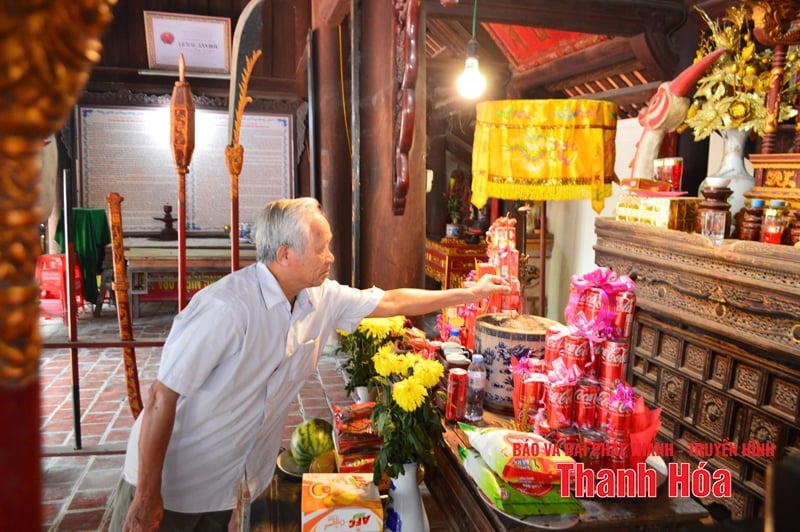


![[Photo] Hanoi: Authorities work hard to overcome the effects of heavy rain](https://vphoto.vietnam.vn/thumb/1200x675/vietnam/resource/IMAGE/2025/8/26/380f98ee36a34e62a9b7894b020112a8)
![[Photo] Multi-colored cultural space at the Exhibition "80 years of the journey of Independence - Freedom - Happiness"](https://vphoto.vietnam.vn/thumb/1200x675/vietnam/resource/IMAGE/2025/8/26/fe69de34803e4ac1bf88ce49813d95d8)
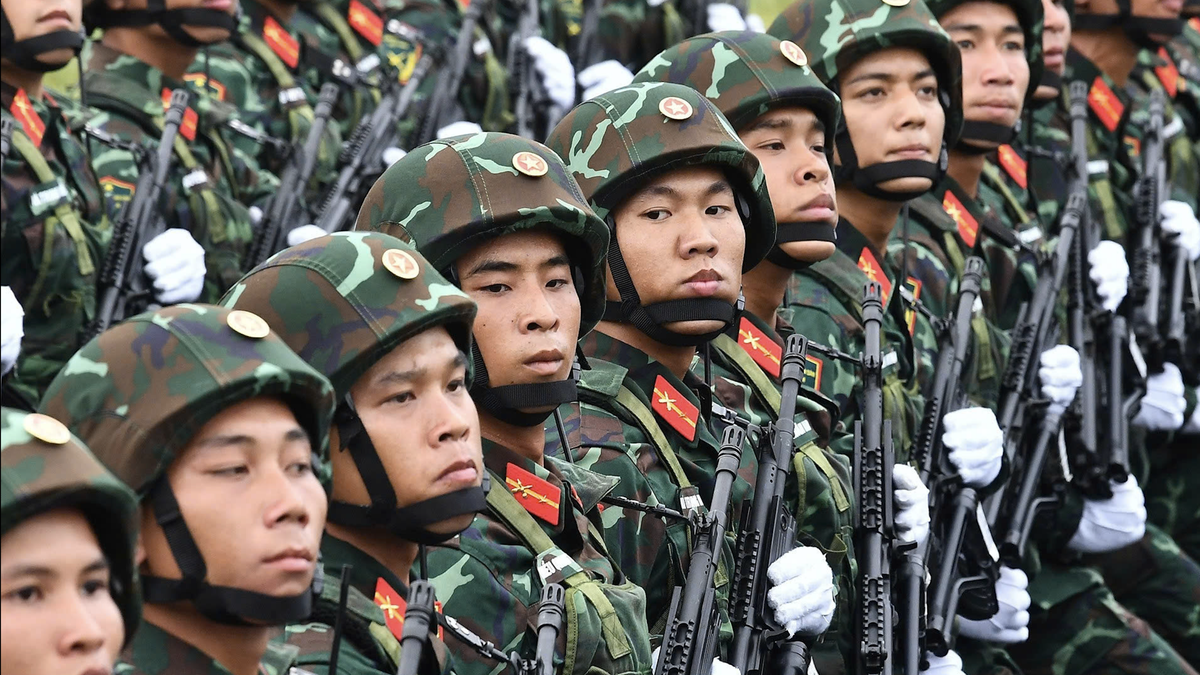
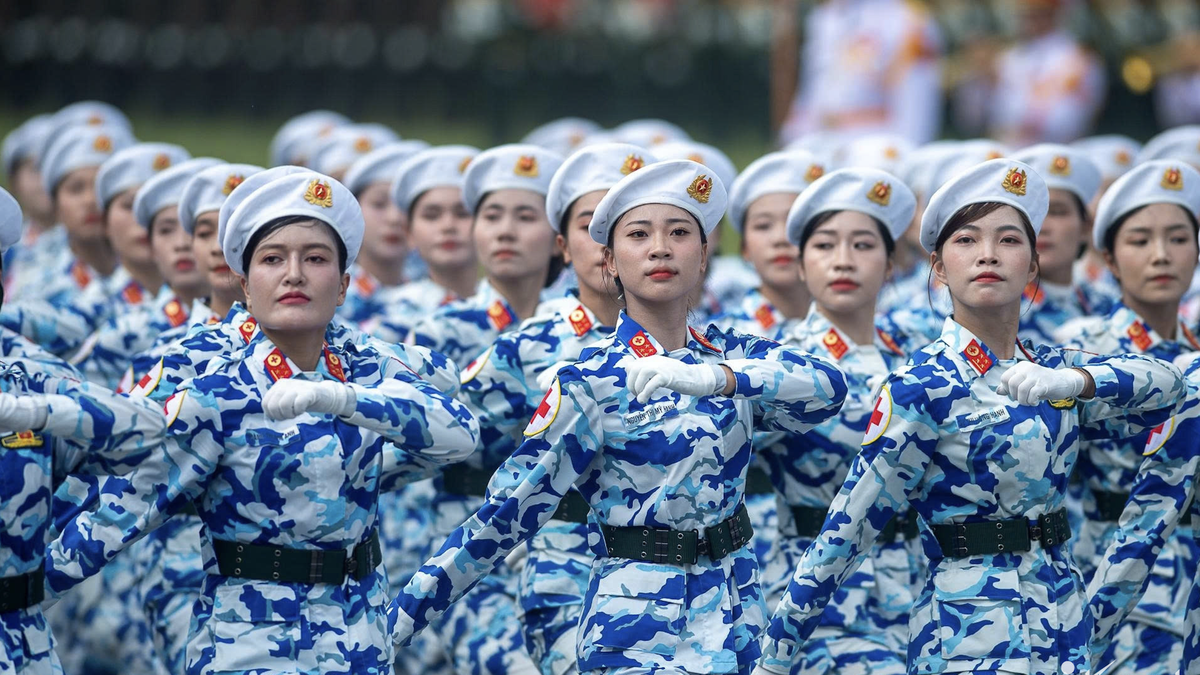
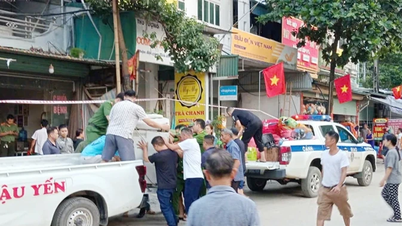



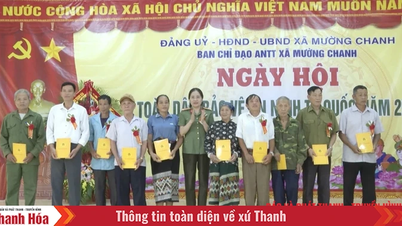
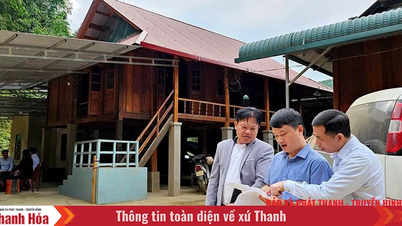
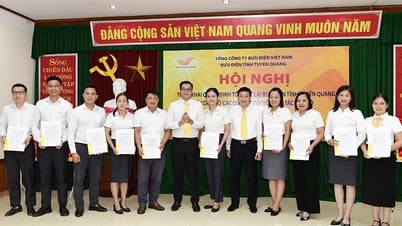

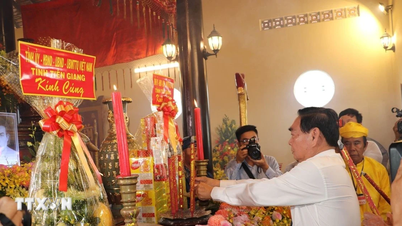





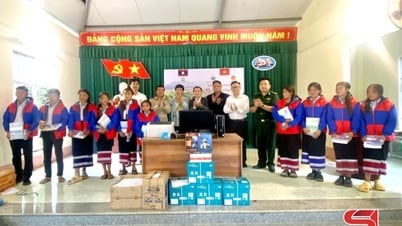

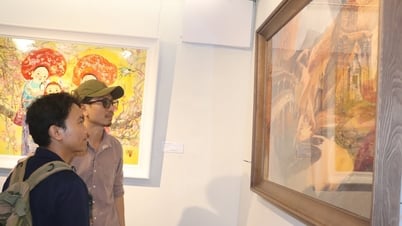

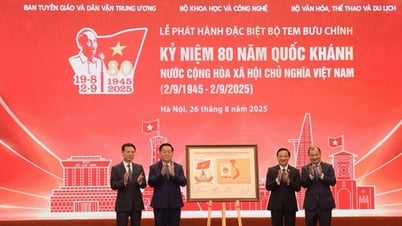




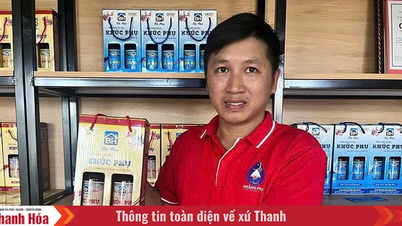
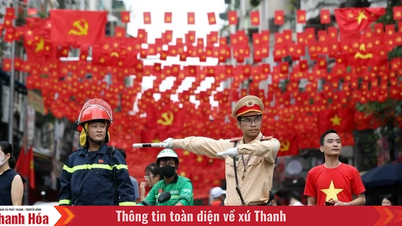
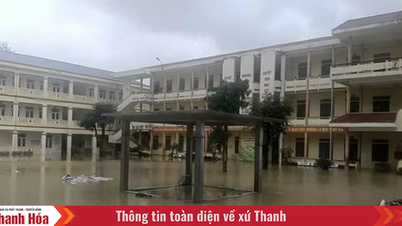
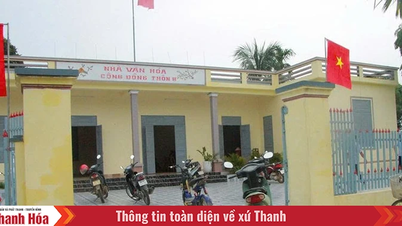




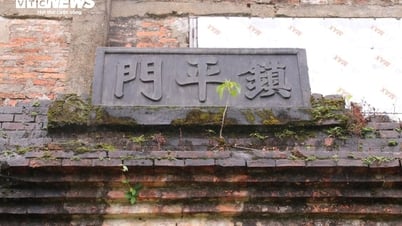

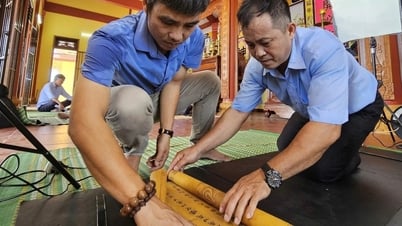

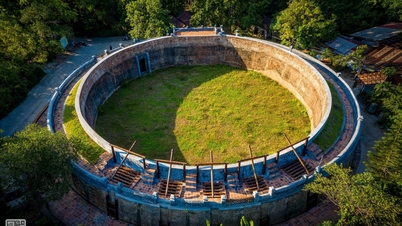



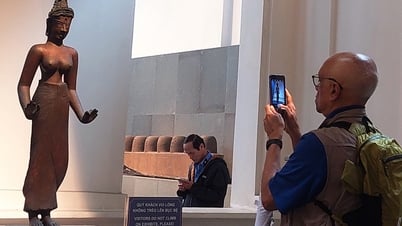

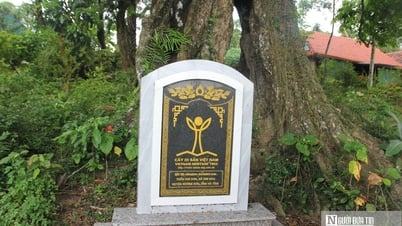








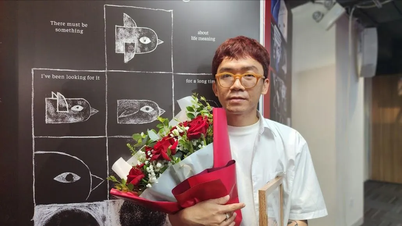





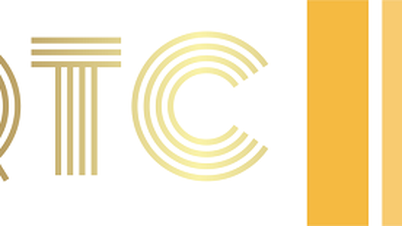







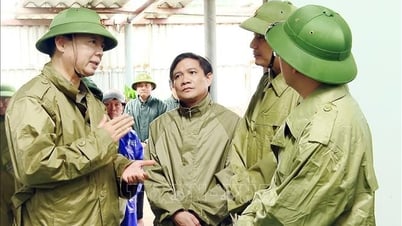







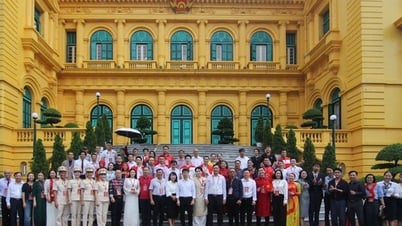




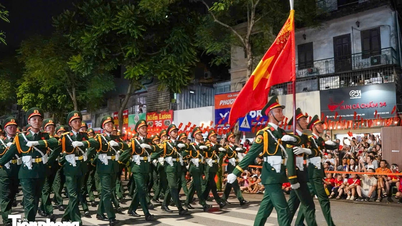







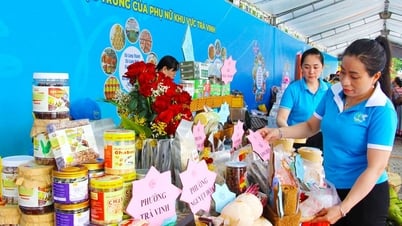

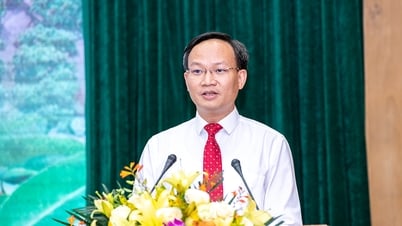

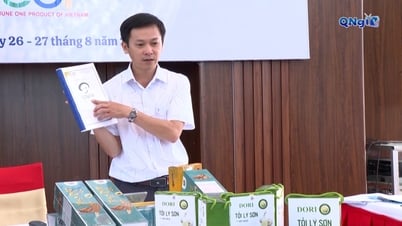



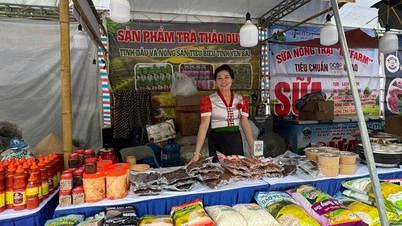



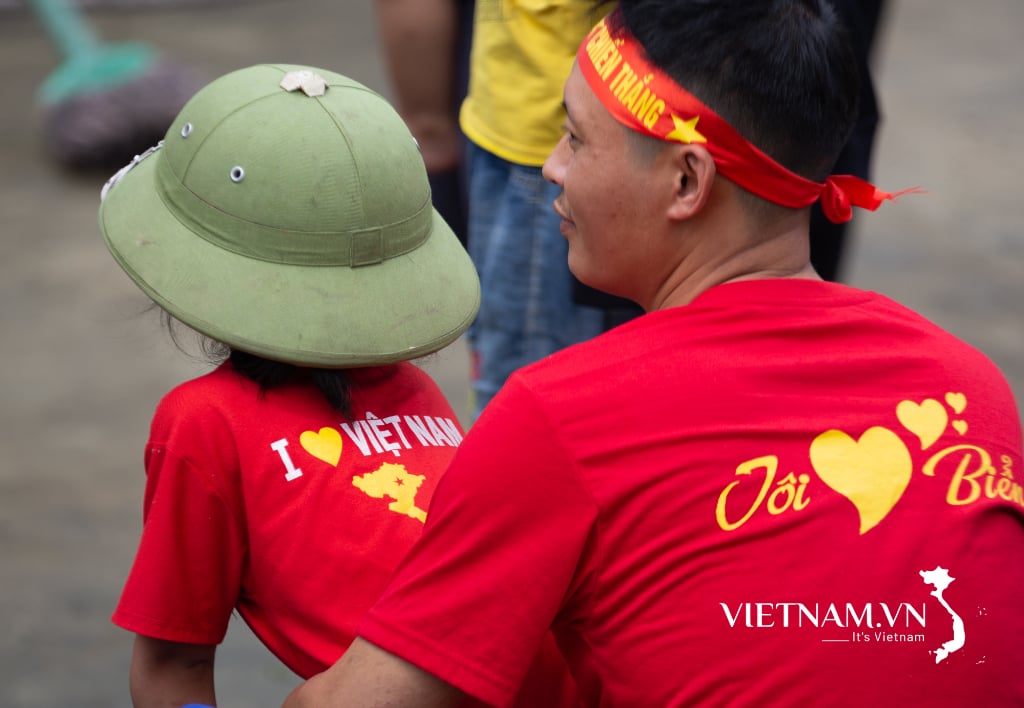
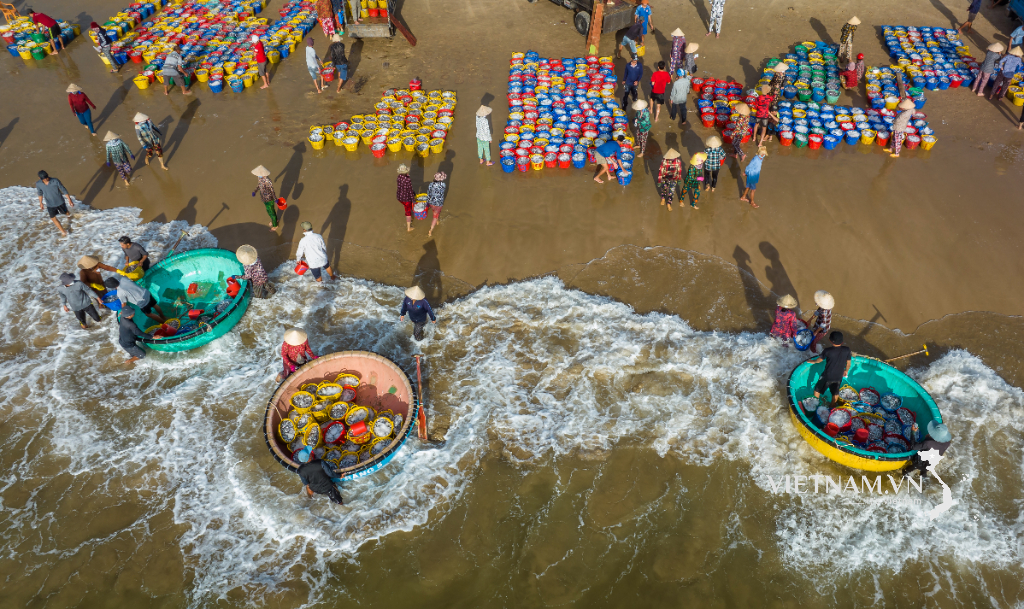

Comment (0)